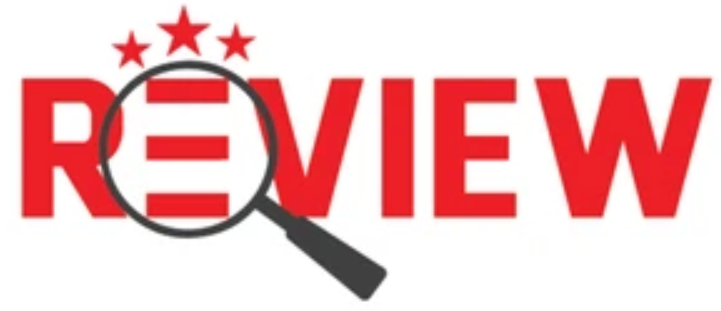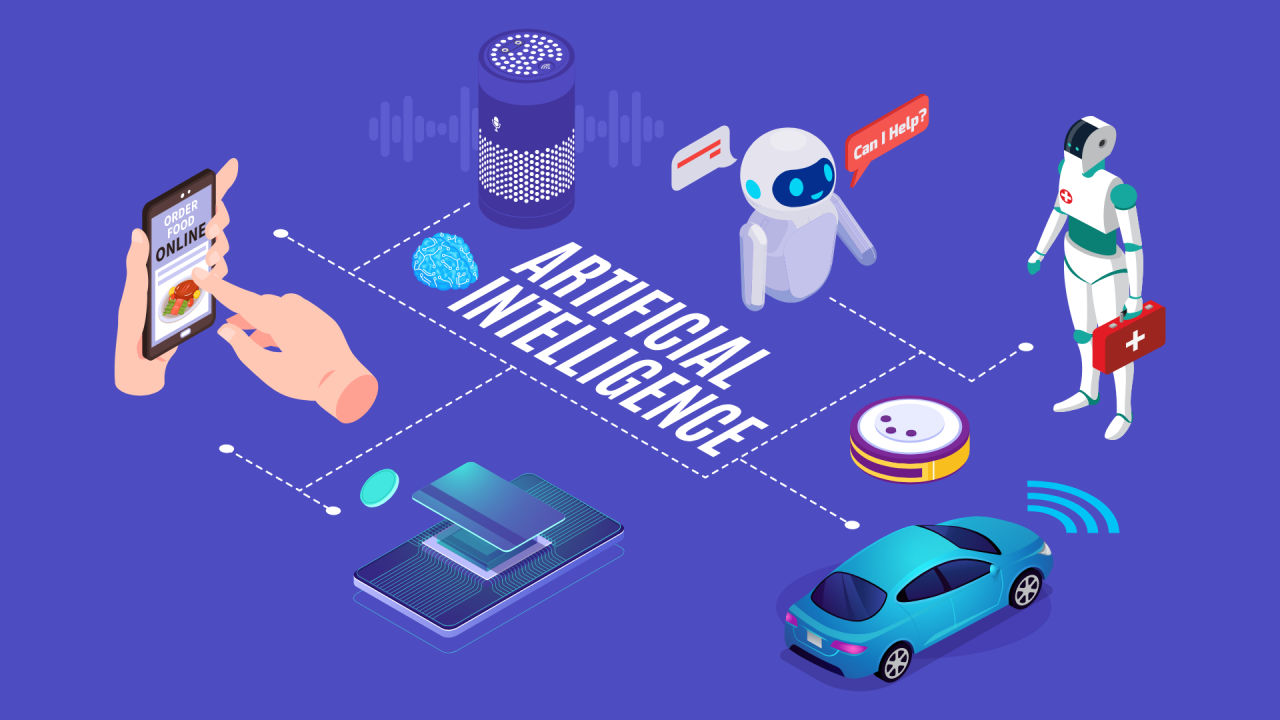In recent years, artificial intelligence (AI) has moved from science fiction into everyday reality. From virtual assistants to image generators, AI-powered tools are reshaping how we live, work, and create. In this article, we explore some of the most useful AI tools today, their benefits and challenges, and how you can adopt them smartly.
1. Popular AI Tools Transforming Daily Tasks
Here are key categories of AI tools making waves:
- Language & Writing Assistants
Tools like ChatGPT, Grammarly, and other text-generation platforms help with drafting emails, writing essays, generating content ideas, and proofreading. - Image & Design Generators
Platforms such as DALL·E, Midjourney, Stable Diffusion let you create custom visuals and illustrations from text prompts — useful for marketers, creators, and hobbyists. - Audio & Voice Tools
From AI voice cloning and text-to-speech engines to tools that remove background noise, these assist in podcasting, accessibility, and presentations. - Productivity & Automation
AI-powered workflow automators like Zapier, Make (formerly Integromat), and AI-based scheduling assistants reduce repetitive tasks and optimize time. - Data & Analytics Tools
Tools that analyze trends, forecast outcomes, or clean datasets help companies and individuals make data-driven decisions with less effort.
2. Benefits of Integrating AI Tools
Adopting AI tools can bring several advantages:
- Time-saving: Automate repetitive work and focus on higher-skill tasks
- Enhanced creativity: Use AI-generated inspirations as a jump-start
- Scalability: Quickly adapt workflows to handle more volume
- Accessibility: Assist people with writing, translating, voice, or design
- Better decisions: Use AI to gain insights from large datasets
However, benefits don’t come risk-free. Let’s look at concerns next.
3. Common Challenges & Ethical Considerations
While AI tools are powerful, they also come with pitfalls:
| Issue | What to Watch | Mitigation Strategies |
|---|---|---|
| Bias & fairness | AI trained on biased data may reinforce stereotypes | Use diverse data; critically review outputs |
| Copyright & ownership | Generated content might infringe on existing work | Use tools with clear licensing policies; cite sources |
| Overreliance | Relying too much may dull your own skills | Use AI as assistant, not replacement |
| Privacy & data security | Sensitive inputs might be stored or misused | Check terms of service; avoid sending private data |
| Quality & hallucinations | AI might produce plausible-sounding but incorrect output | Always fact-check and verify |
At Review Hub Global, we encourage users not blindly trust AI — treat it as a partner, not an oracle.
4. How to Choose an AI Tool for Your Needs
Here are steps to pick the right AI tool:
- Define your goal (writing, design, automation, analytics)
- Try free trials or demos
- Check output quality & consistency
- Review pricing structure (subscription, usage-based, freemium)
- Watch support, updates, and community
- Check licensing & rights
5. Tips for Responsible Use of AI
- Always review AI outputs for accuracy and ethics
- Combine human judgment — AI suggests, you decide
- Stay updated on copyright and data laws in your region
- Use transparency — if you published AI-assisted work, mention it
- Respect privacy — don’t feed personal or private info into tools
6. The Future: What’s Next for AI in Everyday Life
- More seamless integration: AI embedded in apps, devices, and workflows
- Better multimodal models: Handling text, image, audio, video together
- Domain-specific AI: Special models for law, medicine, education
- Human–AI collaboration: AI as a co-creator rather than just an assistant
- Higher regulation & standards: More legal infrastructure around AI use
Conclusion
AI tools are no longer niche — they are reshaping how we create, communicate, and work. But with great power comes great responsibility. By choosing the right tools, staying critical, and combining AI with human insight, you can harness their potential ethically and effectively.



